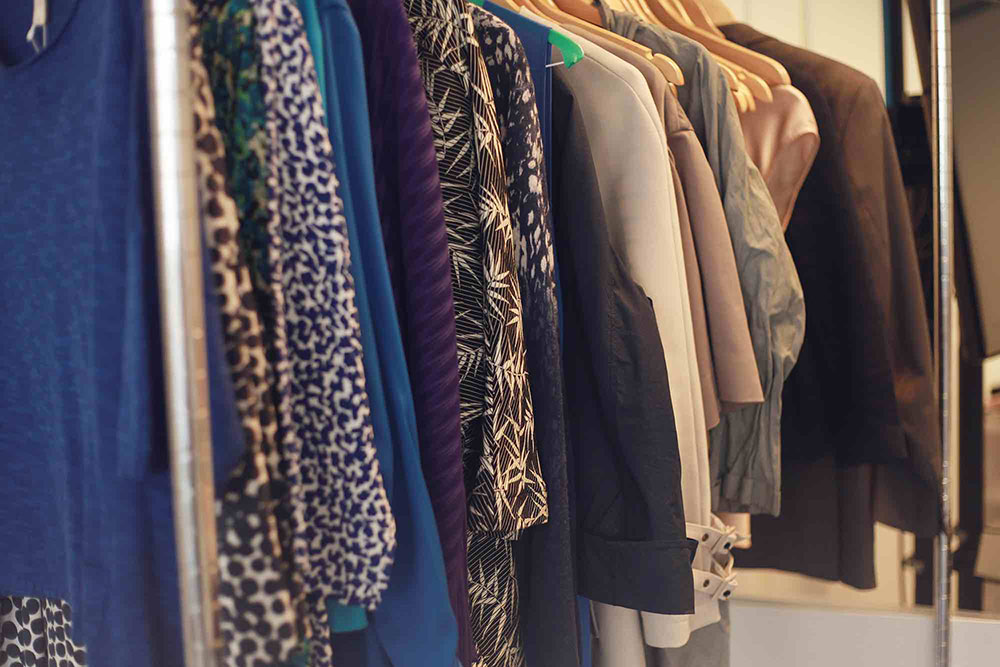How many times do you keep opening your wardrobe doors feeling like you have nothing to wear?
Not everyone feels comfortable inviting a stranger into their homes to help them declutter and organise their wardrobe. Women especially, have an emotional attachment to their clothes. Especially where their is weight loss and weight gain concerned. (Which I’ve talked about before here)
If you’re a do-it-yourself kind of person, then how about some expert guidance to help you tackle the bulging wardrobe instead?
You’ll find a number of guides here on my website aimed at helping you create a wardrobe that works for you, plus others.
I’ve created them based upon my expertise as an award-winning colour and style consultant after years of working with clients.
Wardrobe charts
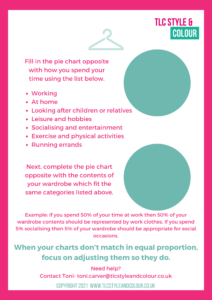 These are simple charts, designed to help you identify what you have in your wardrobe and what gaps you have.
These are simple charts, designed to help you identify what you have in your wardrobe and what gaps you have.
I encourage my clients to assess how they spend their time, because when you have clothes which you feel work for these scenarios, you’ll feel more at ease with what to wear.
Some clients need to visually see and think about what they do, which is where these charts help.
Next, it’s about assessing which categories the clothes you have fit how you spend your time. This helps you see that you have gaps to fill, or that you’re over-subscribed in an area (and therefore, don’t need to buy any more clothes!)
The Wardrobe charts are free to download here.
Declutter Guide
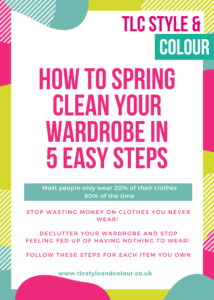 My ‘How to spring clean your wardrobe in five easy steps’ was one of the first guides I created. Inspired by the simple fact that sometimes, you just need a little guidance to follow.
My ‘How to spring clean your wardrobe in five easy steps’ was one of the first guides I created. Inspired by the simple fact that sometimes, you just need a little guidance to follow.
In this guide, I’m sharing the five simple steps I use with clients on their wardrobes so that you can review and declutter your own wardrobe with ease.
Instead, learn how to build a wardrobe of clothes that you DO wear with these simple tips.
Download this guide for free here.
Capsule Wardrobe Workbook
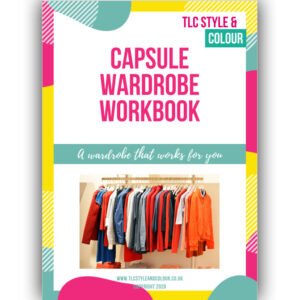 Everyone needs a Breton top, camel trench coat, wide leg trousers and a white shirt right? WRONG!
Everyone needs a Breton top, camel trench coat, wide leg trousers and a white shirt right? WRONG!
Unlike the magazine articles you read, a capsule wardrobe isn’t the same for everyone. At least, that’s what I believe! It’s a limited collection of clothes which suit you to help you create more outfits from less items. (They suit your colouring, your shape, your lifestyle, your proportions and your style!)
So, if you’ve been lusting after a capsule wardrobe but get stuck because you don’t know where to start or how to create one – this workbook is for you.
Simply follow the stages I’ve laid out. Design the wardrobe that works for you!
This is a digital workbook which costs £15 which you can work through on your own. Get it here.
Holiday Capsule Wardrobe Workbook
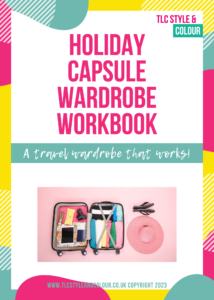 Knowing what to pack and why you need to leave those ‘just-in’case’ pieces behind when you go on holiday is all in the planning.
Knowing what to pack and why you need to leave those ‘just-in’case’ pieces behind when you go on holiday is all in the planning.
It isn’t a list of items you need to pack (as that’s the sort of thing you can get online -you don’t need a colour and style expert for that!).
But, it will help you pack successfully for your next and future trips.
So, if you frequently overpack or get stuck because you don’t know where to start, this workbook will help you create your own travel capsule wardrobe!
This is a digital workbook which costs £10 which you can work through on your own. Get it here.
Capsule Wardrobe Masterclass
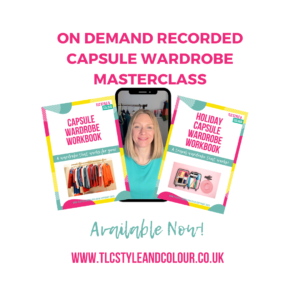 This is a suite of material I’ve designed to support and guide you through the stages involved in creating a capsule wardrobe.
This is a suite of material I’ve designed to support and guide you through the stages involved in creating a capsule wardrobe.
It includes:
– A 44 minute pre-recorded video to guide you as I talk you through each stage involved.
– A 32 page Capsule Wardrobe Workbook (mentioned above) to complete which includes tasks and checklists to support and guide you through the process involved. You can download, print or save this and work through it alongside the video or on it’s own.
– A Bonus 18 page Holiday Capsule Wardrobe (mentioned above) digital Workbook to complete with tasks and checklists to guide you on packing successfully for your next and future trips.
– A series of prompts and tips to help keep you on track so you don’t give up on your dream. These will be delivered via email which you can save and revisit whenever you need.
This is an ‘on-demand’ masterclass, which means you can work through it at your own pace as it’s yours to keep.
It means you can pick it up, stop and start as many times as you like. The video is yours to watch and listen to it as frequently as you prefer and there’s no timescale on completing the masterclass or the workbooks. Get yours here.
All wardrobe guides are available for you to do-it-yourself, with my expert guidance. But, if a more hands-on approach is needed, do get in touch!

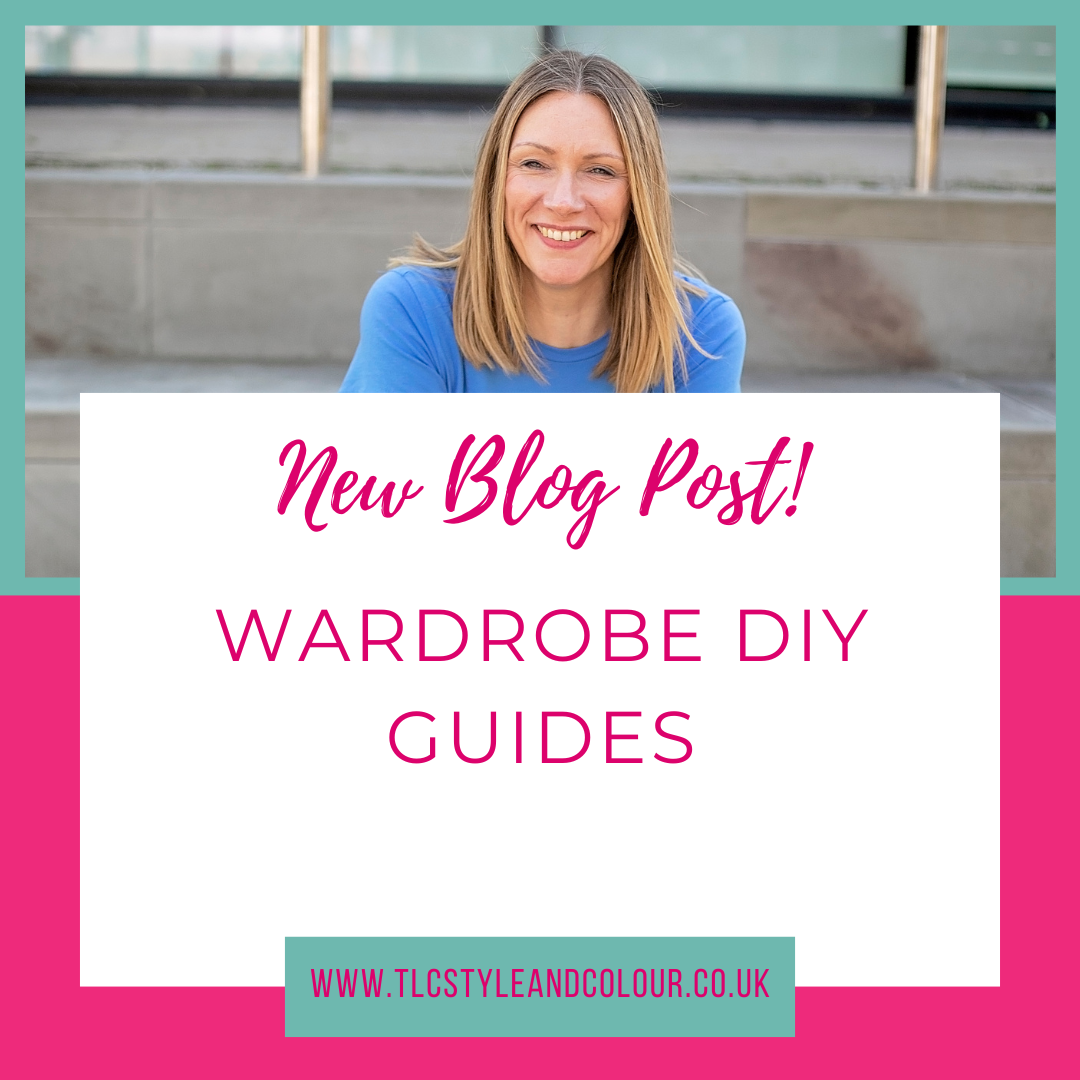
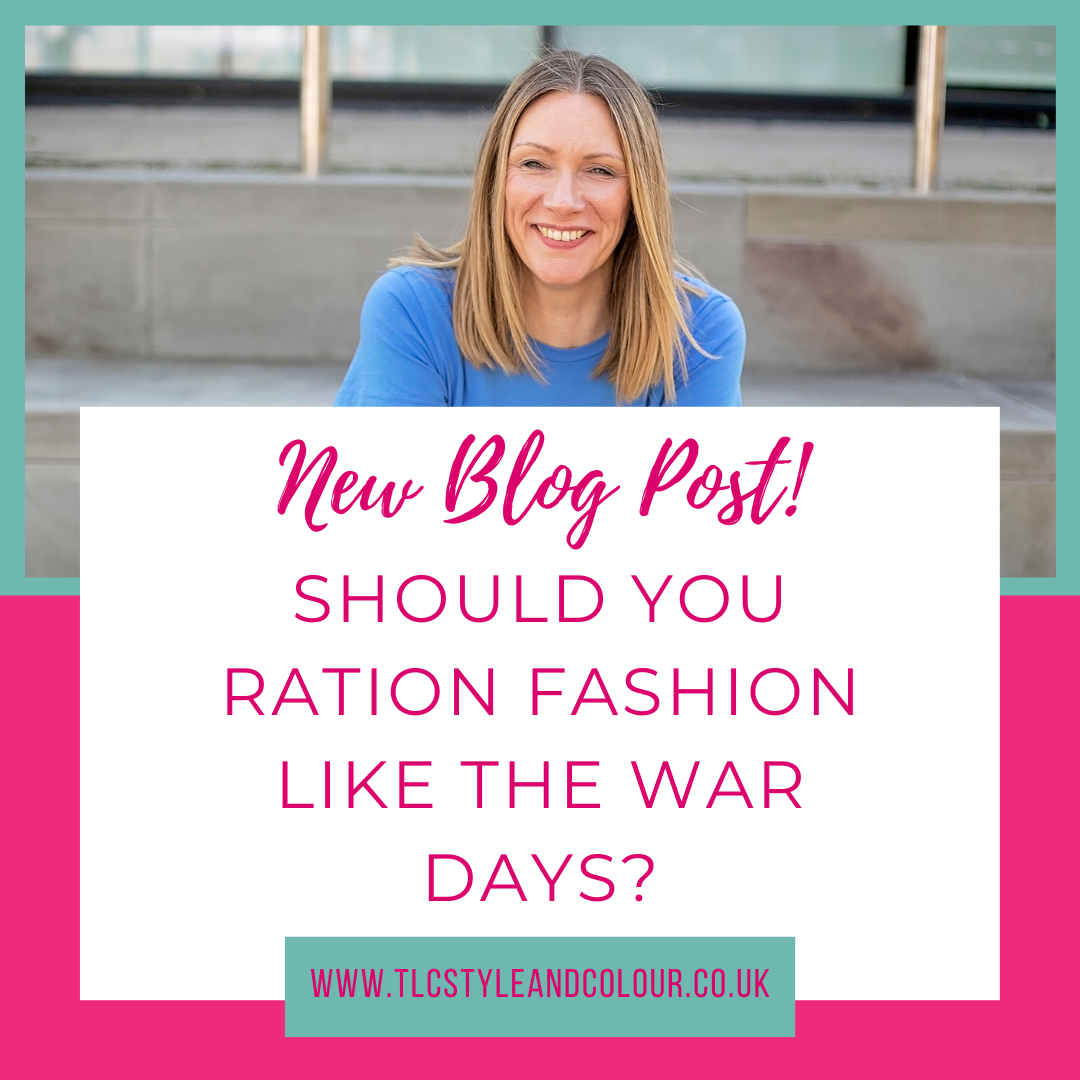

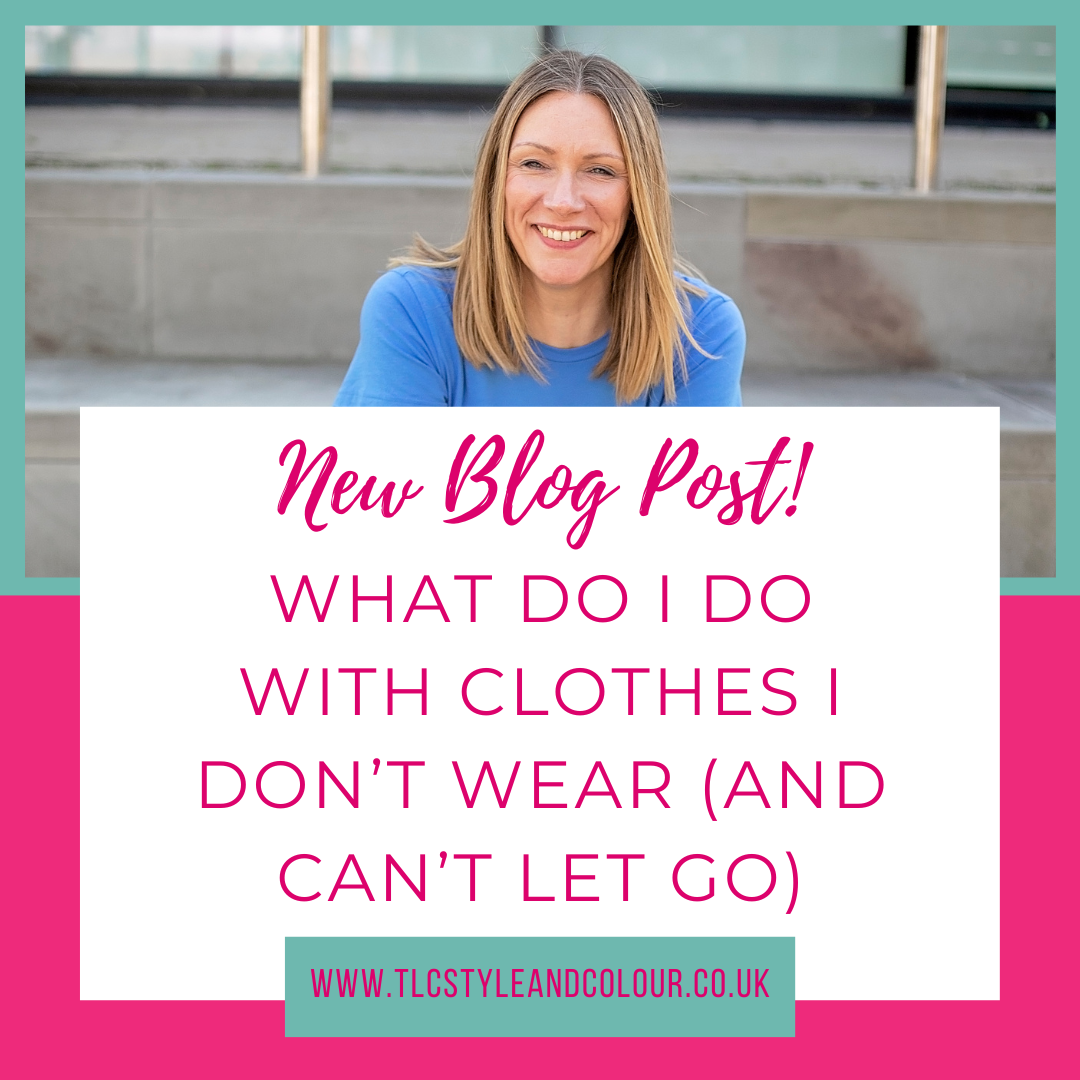
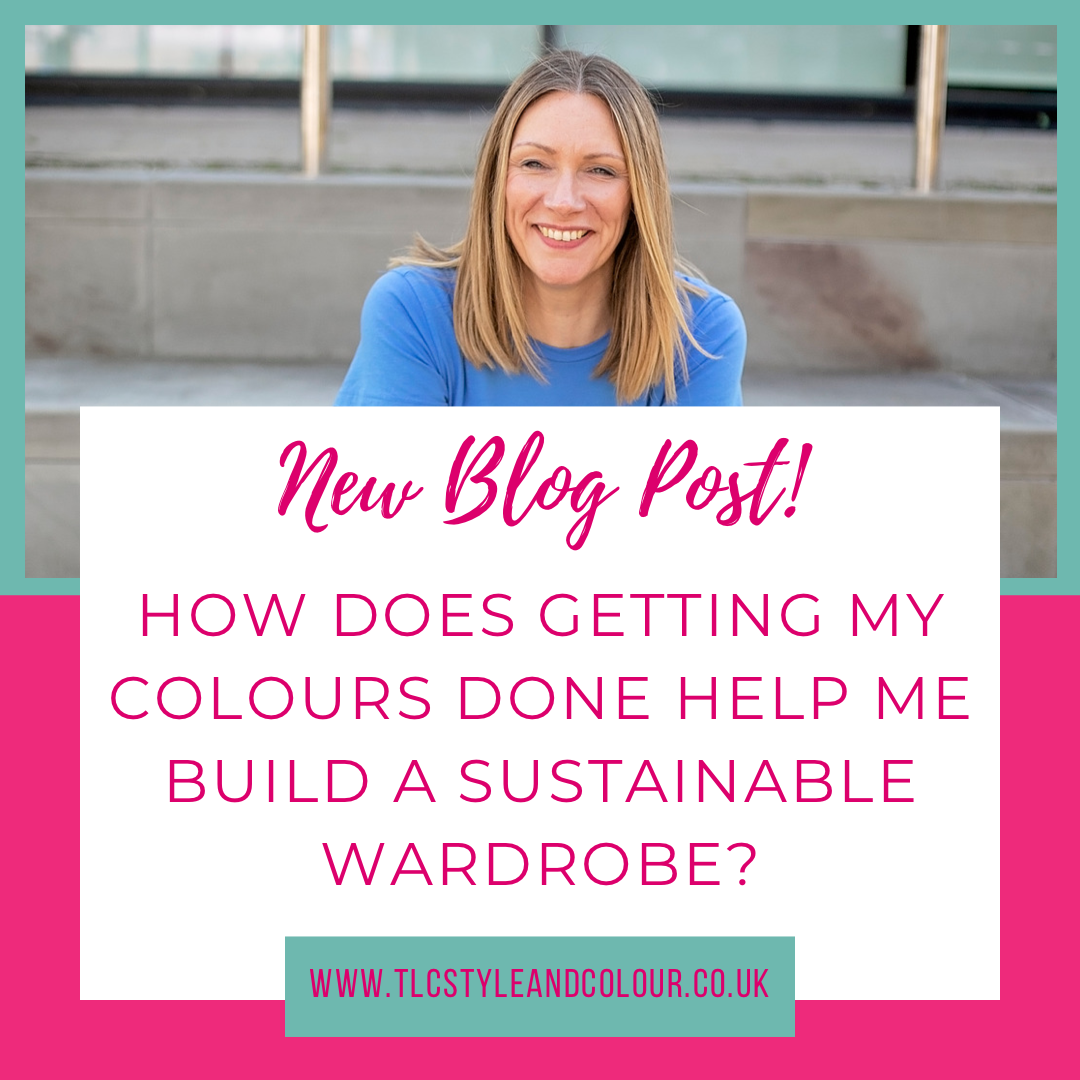

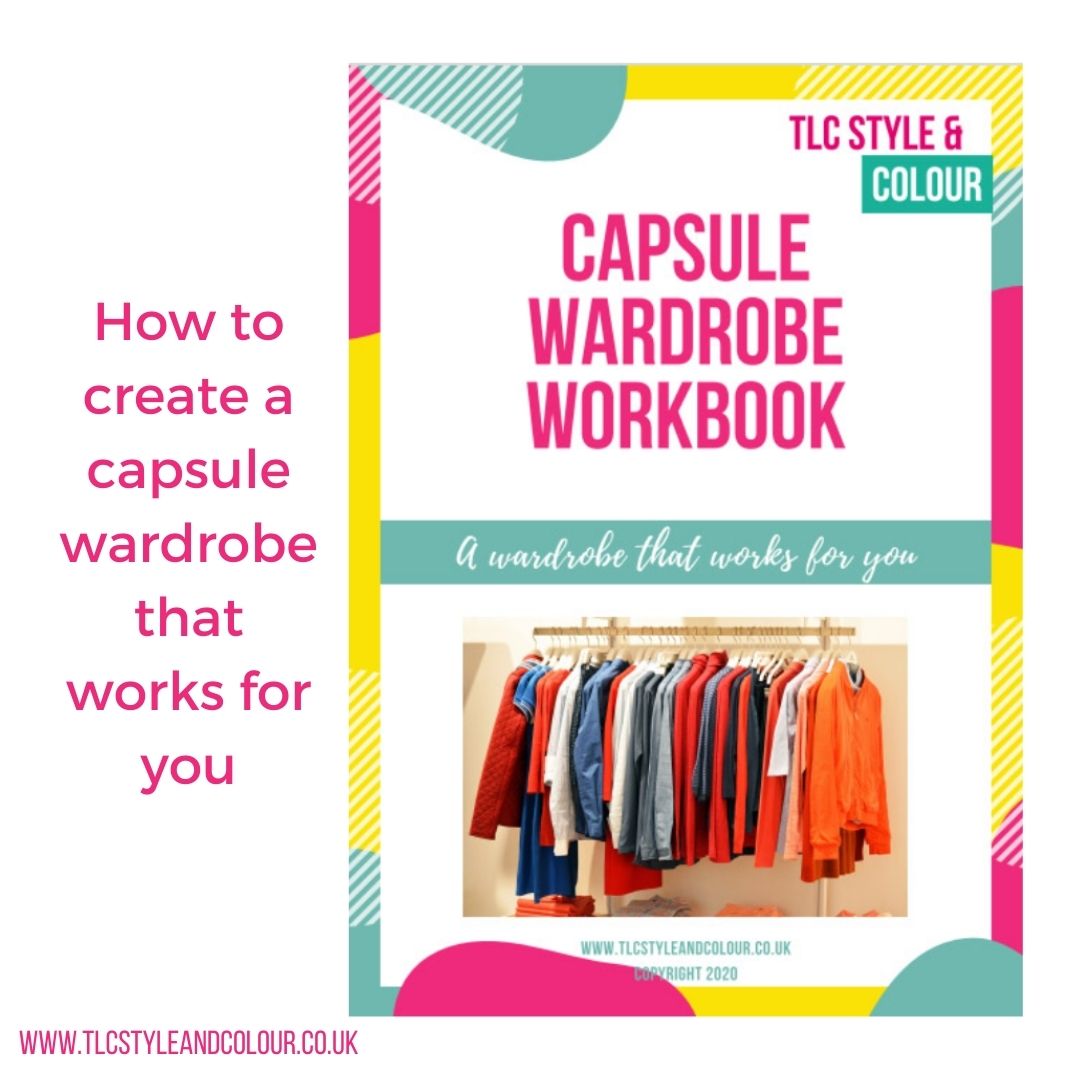
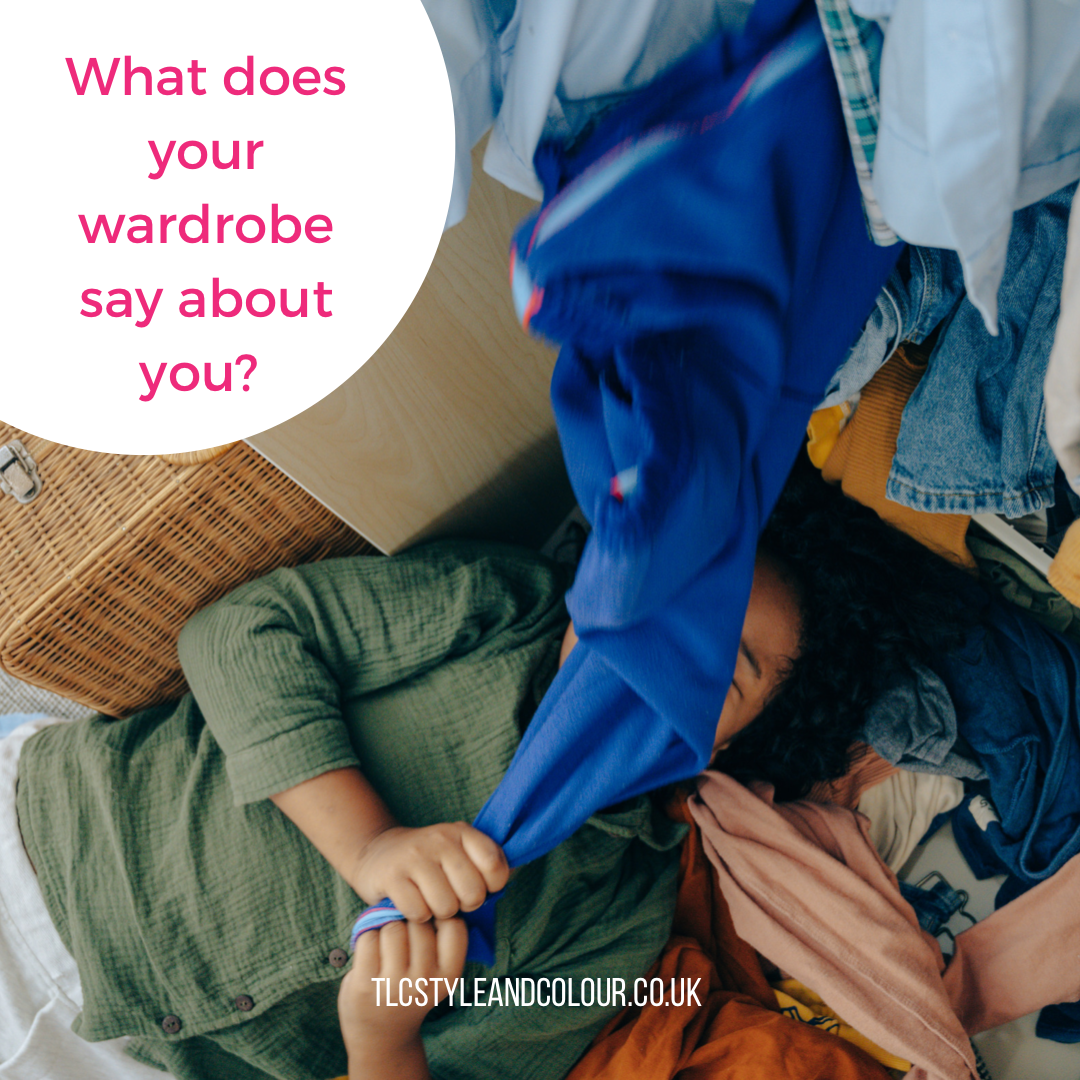
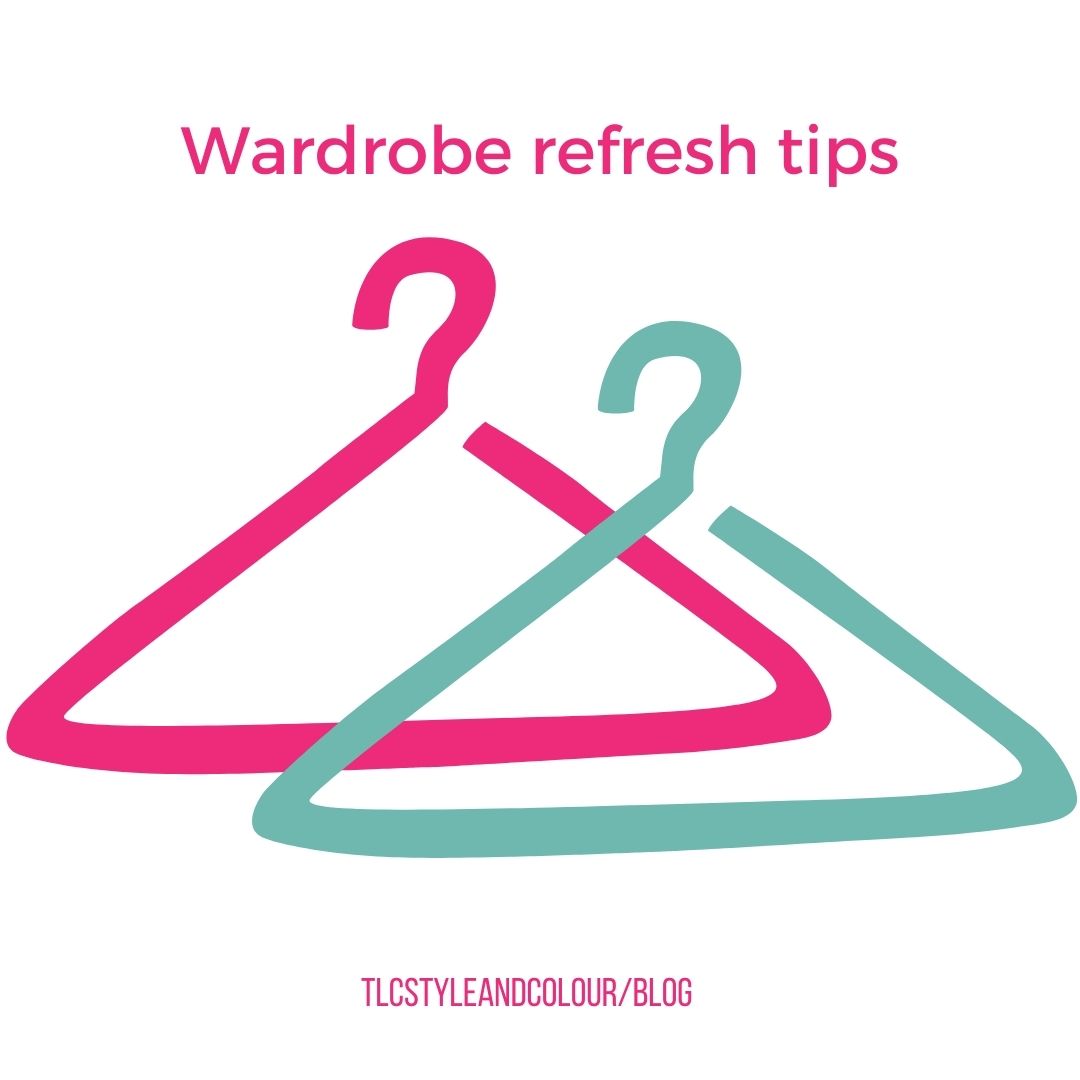
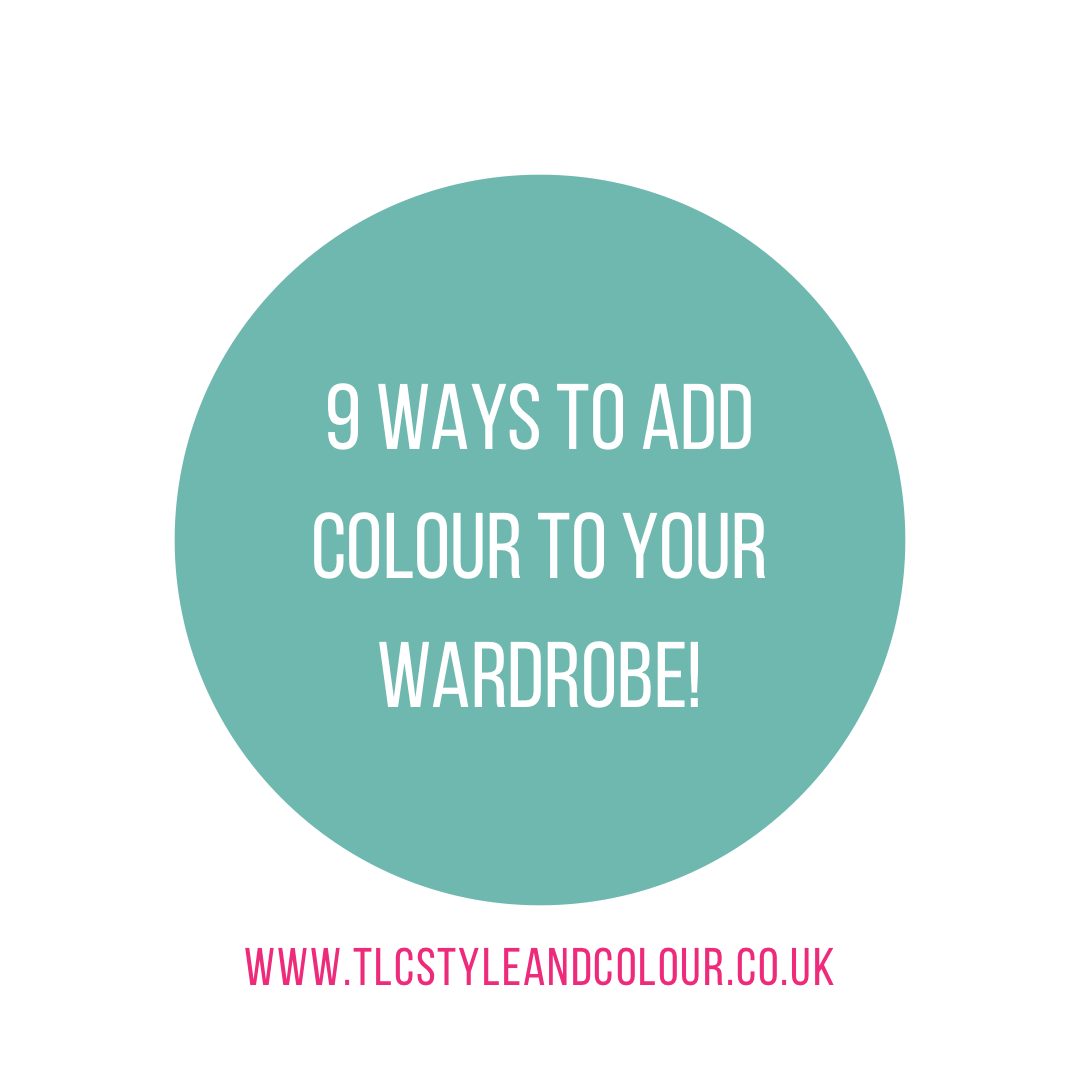
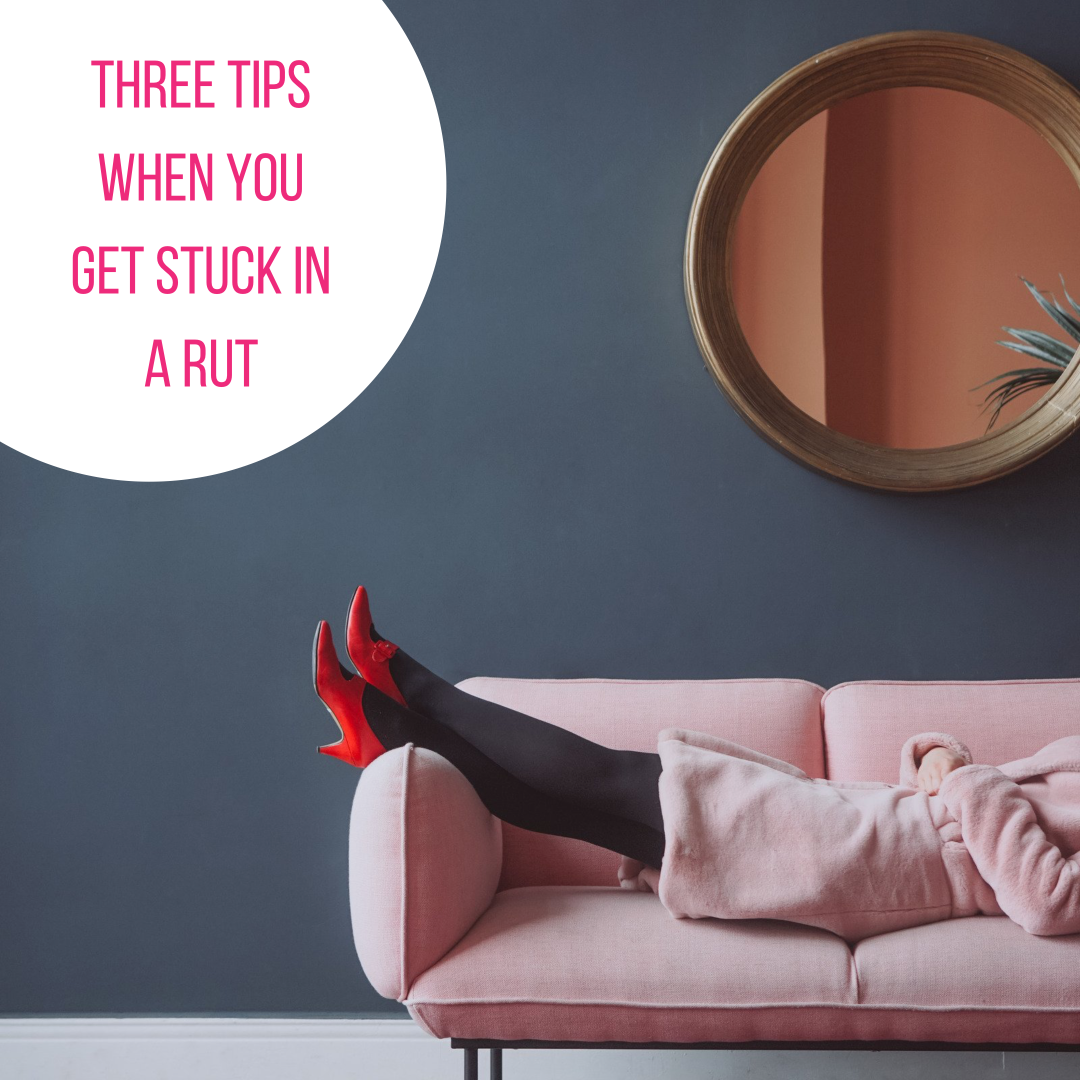
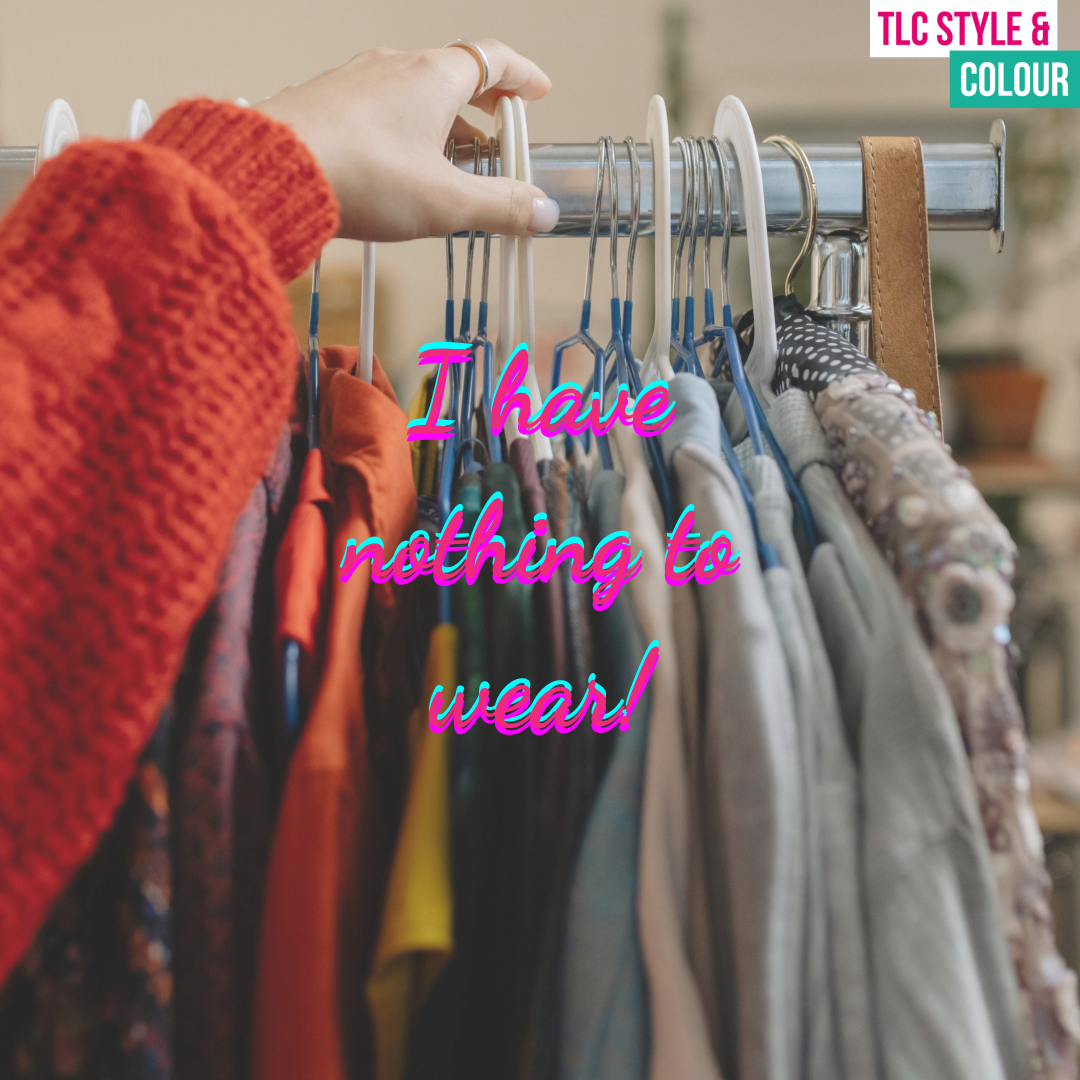
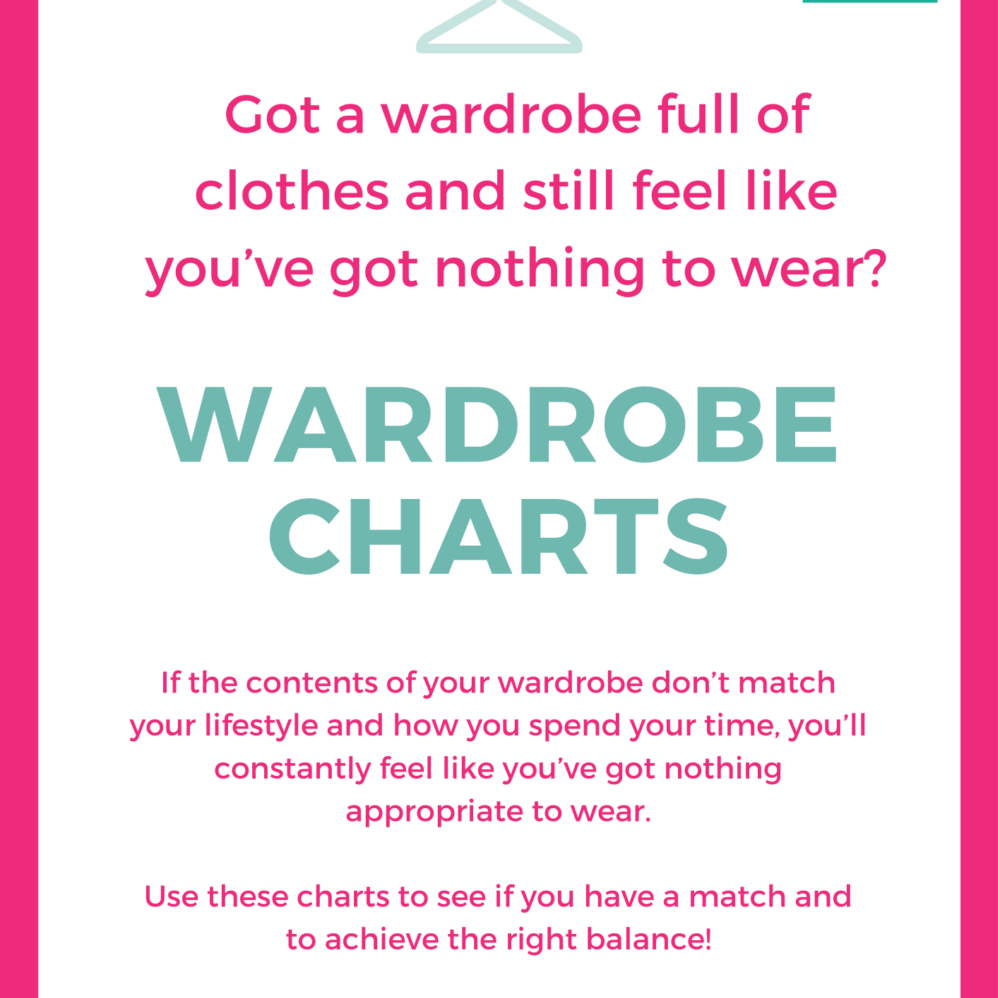
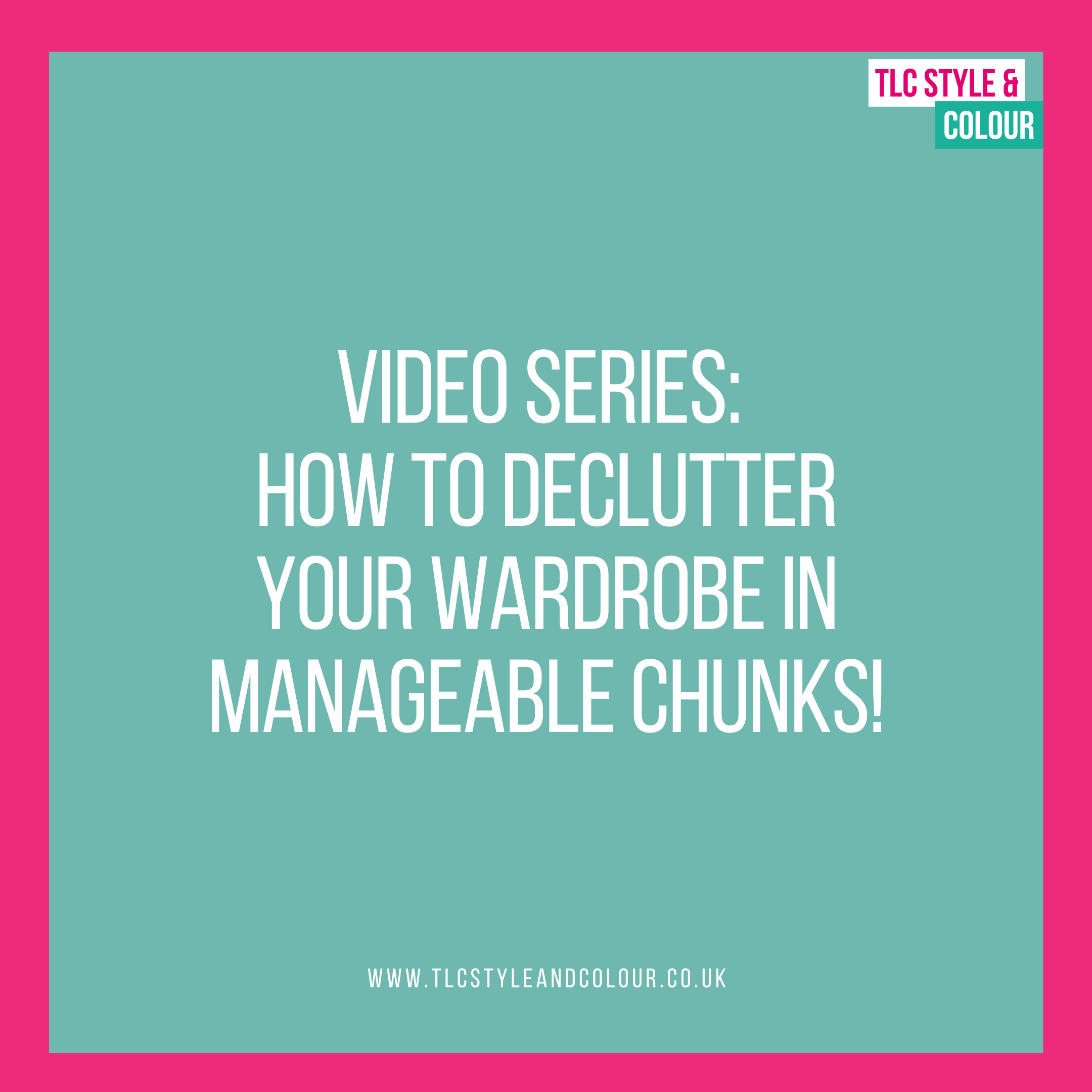
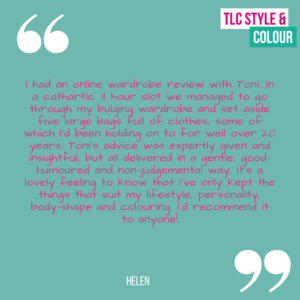
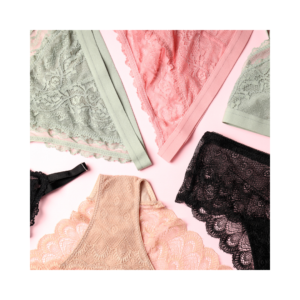 Given how frequent we open and close these drawers, you’d think that we’d clear them out more frequently. This drawer is often neglected the most.
Given how frequent we open and close these drawers, you’d think that we’d clear them out more frequently. This drawer is often neglected the most.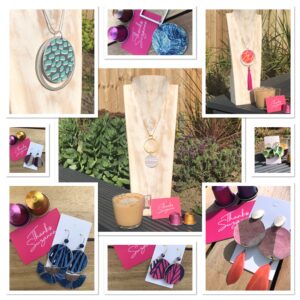
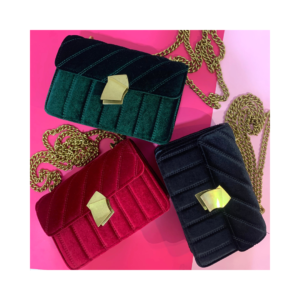 When was the last time you checked or emptied your handbags before putting them away? Upon undertaking the task myself early into lockdown, I discovered a lipgloss, lipstick and hand sanitiser; so it was a worthwhile task!
When was the last time you checked or emptied your handbags before putting them away? Upon undertaking the task myself early into lockdown, I discovered a lipgloss, lipstick and hand sanitiser; so it was a worthwhile task!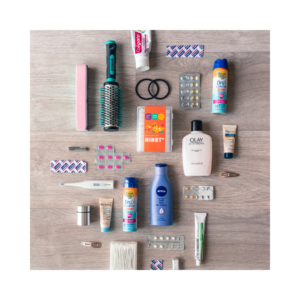 If you tend to store things in multiple locations, it’s easy to lose track of what you have and what’s being used. Be realistic about how much you have – there isn’t any point keeping 20 lipsticks if you forget to wear it or that cleanser or moisturiser if it doesn’t agree with your skin. Equally, anything you don’t use or doesn’t flatter you, is worth getting rid of too.
If you tend to store things in multiple locations, it’s easy to lose track of what you have and what’s being used. Be realistic about how much you have – there isn’t any point keeping 20 lipsticks if you forget to wear it or that cleanser or moisturiser if it doesn’t agree with your skin. Equally, anything you don’t use or doesn’t flatter you, is worth getting rid of too.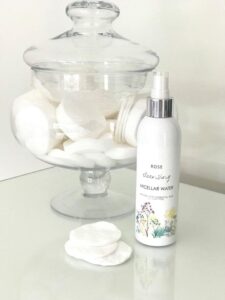
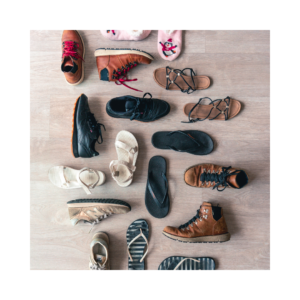 We do love shoes don’t we. I’d say this is the area that can totally show your personality type as well as being in need of a declutter and sort out.
We do love shoes don’t we. I’d say this is the area that can totally show your personality type as well as being in need of a declutter and sort out.